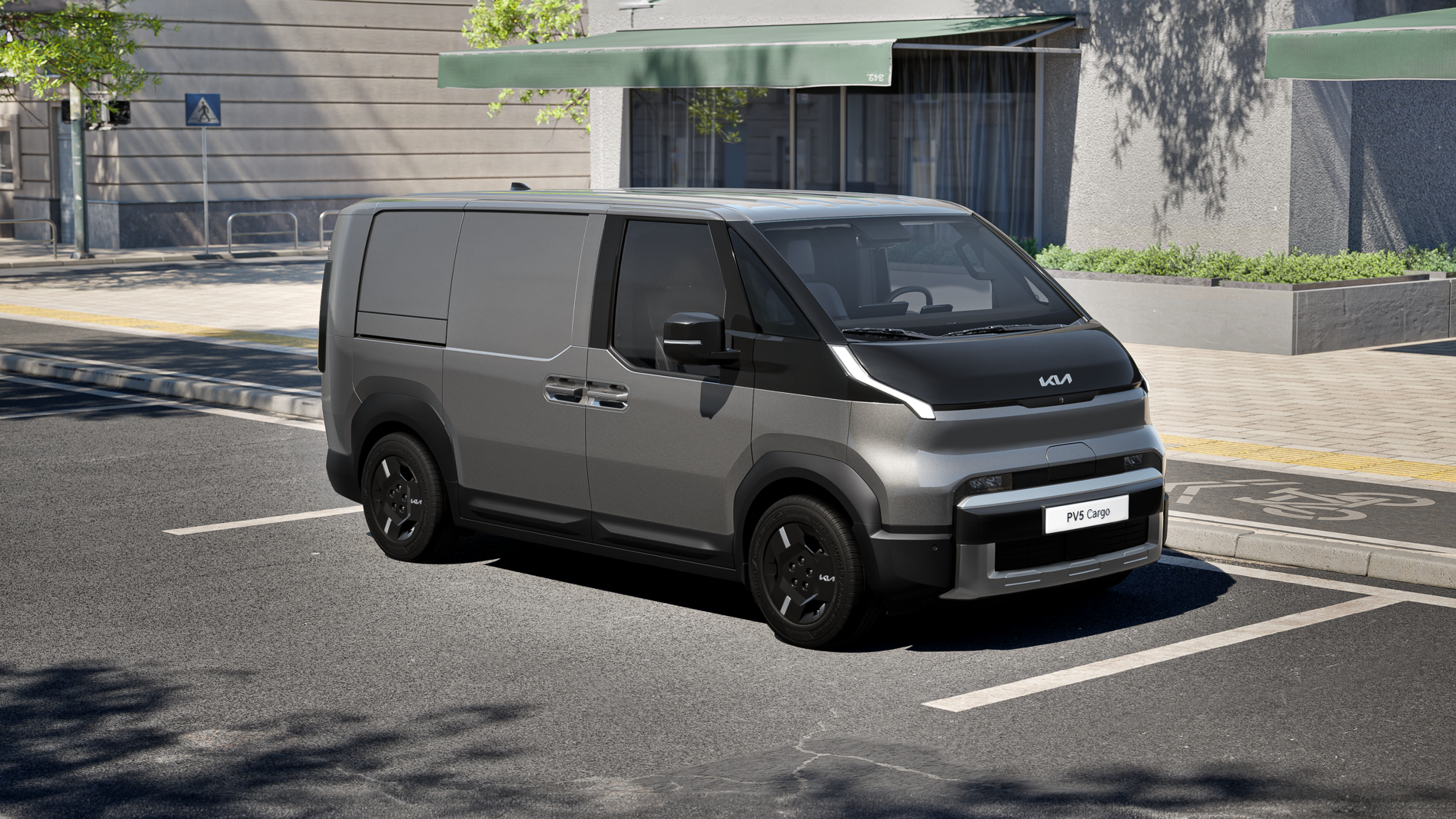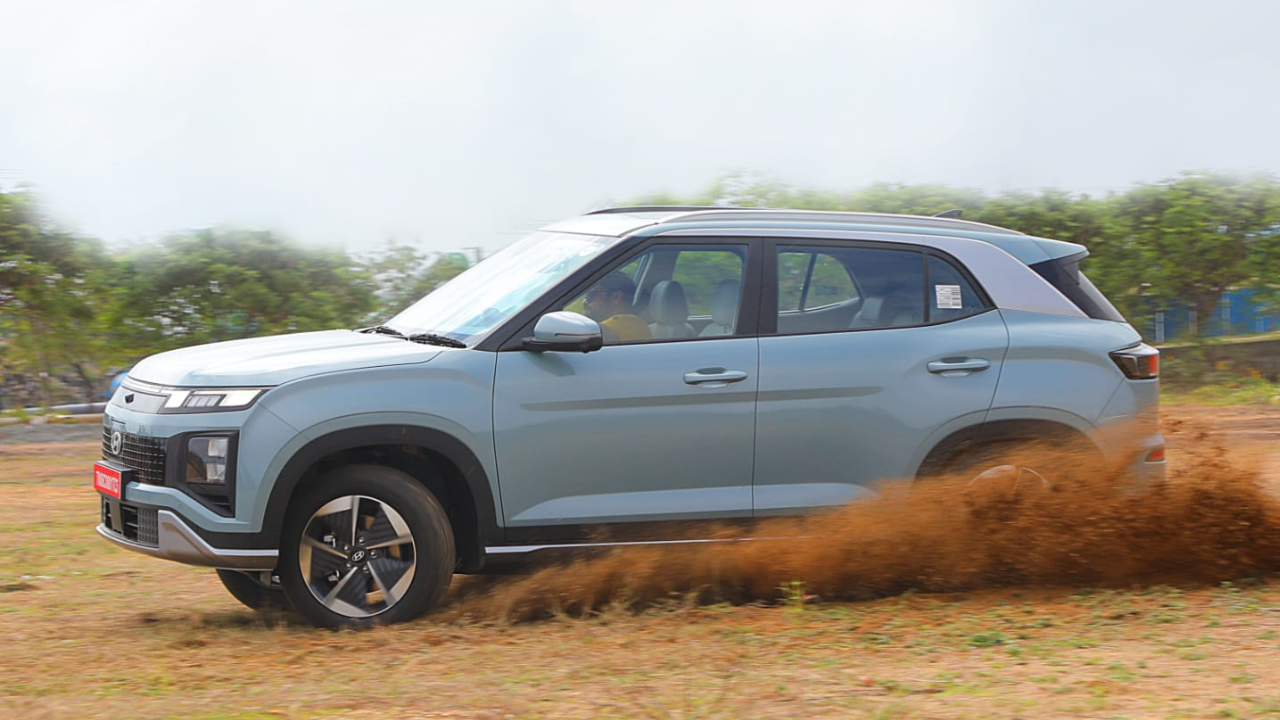NASA just wrapped engine performance tests on its X-59 research aircraft, which the space agency hopes will prove a means of mitigating supersonic aircraft’s odious sonic booms.
NASA and Lockheed Martin ran the tests between October and February on the single modified F414-GE-100 engine that will power the aircraft and its subsystems.
“We have successfully progressed through our engine ground tests as we planned,” said Raymond Castner, X-59 propulsion lead at NASA’s Glenn Research Center, in an agency release. “We were getting smooth and steady airflow as predicted from wind tunnel testing. We didn’t have any structural or excessive vibration issues. And parts of the engine and aircraft that needed cooling were getting it.”
When planes exceed Mach 1 (the speed of sound, or about 767 miles per hour—1,234 kilometers/hour for those using the metric system) they produce a loud crackthe sound of air pressure waves combining to form a shock wave produced by the plane’s extreme speed.
That sound—a sonic boom—can startle people on the ground and even shatter windows, which led the Federal Aviation Administration to prohibit the supersonic flight of non-military aircraft over land in 1973. Commercial supersonic travel has not seen its heyday since the flight of the Concorde, which, though fashionable, was neither fuel-efficient nor economical to operate and generated plenty of noise complaints from cities it flew over. The Concorde’s final flight took place in 2003.
NASA also released some pretty neat footage of the tests, which you can check out below. First, the X-59 team tested out the aircraft’s hydraulics and its electrical and environmental control systems. Then they performed throttle checks and fired the aircraft’s afterburners to the max (as seen in the image at top). Those patterns seen in the plume are known as shock diamonds—standing wave patterns formed by the compression and expansion of exhaust gases as they exit a rocket nozzle at supersonic speeds.
The X-59 first rolled out of its hangar in Palmdale, California, in January 2024. The big reveal was a spectacle: A 99-foot-long (30-meter) plane standing at just 14 feet (4.27 m) tall and 29.5 feet (9 m) wide, looking every inch a needle that is meant to cut through the air with minimal disruption. The plane’s stiletto-like design is completely the point (no pun intended): Its slenderness should reduce the pressure change that flows over the ground, reducing what is ordinarily a sonic boom into a sonic thump. One NASA engineer compared the X-59’s sound to that of a car door being shut.
To that end, the X-59’s engine is mounted on top of the aircraft, which reduces the amount of noise from the plane that reaches the ground.

Efforts to resurrect supersonic travel are also coming from the private sector. In late January, the aerospace company Boom Supersonic flew its experimental aircraft (the XB-1 demonstrator) faster than sound for the first time, achieving the feat three times in that flight.
The X-59’s cruise altitude will be 55,000 feet (16,764 m) and is designed to hit speeds of 925 miles per hour (1,489 kilometers per hour). NASA did not offer an updated timeline for the plane’s long-anticipated first flight in their recent release (the plane was originally scheduled to make that flight last year), but the release stated that more tests are still required.
Specifically, tests to check for electromagnetic interference and how the aircraft handles data in normal and failure conditions. Lastly, taxi tests will be carried out—obviously a crucial test to perform given the ultimate goal of making this plane operational.
Once NASA flies the X-59 for the first time, the agency will put the plane through a series of tests that explore how the aircraft’s so-called sonic thump is actually experienced on the ground. These demonstrations will run through 2027—though that timeline will likely depend on when the jet actually gets airborne.























































